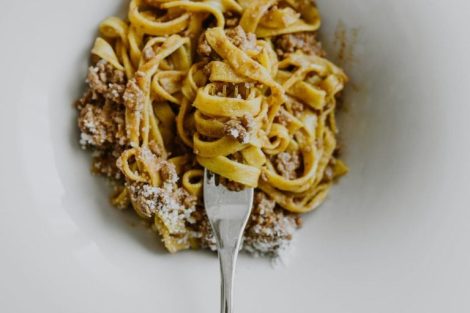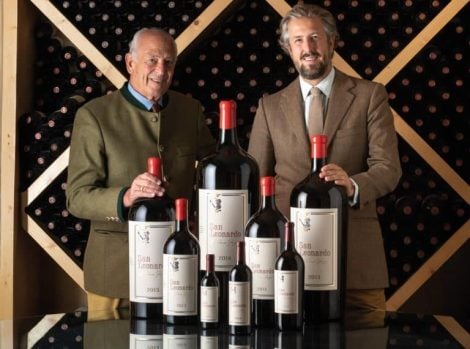Lazio confirms itself true to its nature, for better or for worse. On one hand, we cannot help but acknowledge its ability to achieve excellent results throughout the region: 4 out of 5 provinces have earned at least one Tre Bicchieri, and the only absentee – Rieti – is undoubtedly historically the least involved area in winemaking (although this doesn't deny that even in the Rieti area, there has been a slow but continuous growth in quality and the number of wineries in recent years). The region utilizes a significant variety of grapevines, including indigenous ones like bellone, biancolella, cesanese, grechetto, as well as international varieties ranging from cabernet sauvignon to merlot, grenache to syrah, and viognier.
Tre Bicchieri 2024. The best wines from Lazio made from international grape varieties
And it is precisely on these 6 wines made from international grape varieties that we focus here, all labels that have earned Tre Bicchieri in the Vini d'Italia 2024 Guide by Gambero Rosso.
Ars Magna Viognier by Ômina Romana. This wine highlights notes of yellow peach, hazelnut, and cinnamon, with a palate of good structure and length. Anton Börner, a German entrepreneur, initiated this viticultural project in 2007 to express quality and respect for the territory. Located in Velletri, on the volcanic hills south of Rome, the vineyards benefit from both the Tyrrhenian and the Apennines winds. The focus, led by his daughter Katharina with a young and modern style, is on high-quality single-varietal labels, both indigenous and international.
Calanchi di Vaiano 2021 by Paolo e Noemia d'Amico (Chardonnay). This pure chardonnay is elegant with hints of apricot, yellow flowers, and a sprinkle of white pepper. Founded in 1985, Paolo e Noemia d'Amico is an award-winning estate of over a hundred hectares, thirty of which are vineyards, located in the heart of Tuscia, in the upper Tiber valley. The volcanic soils here host both indigenous and international grape varieties, with a particular emphasis on chardonnay, producing wines with a modern approach. Noteworthy is their unique cellar where the wines, once bottled, are stored, resonating with classical music.
Fiorano Rosso 2018 by Tenuta di Fiorano (Cabernet Sauvignon 65%, Merlot 35%). This wine combines elegance and dynamism, featuring notes of plum, blueberry, tobacco, with hints of laurel and licorice. The Tenuta di Fiorano, in the heart of the Appian Way, has a rich history and an inheritance steeped in a passion for the land and wine. Alessandrojacopo took charge of his uncle's vineyards, Prince Alberico Boncompagni Ludovisi, who planted, with great courage in the '40s, cabernet sauvignon, merlot, malvasia di Candia, and sémillon on the outskirts of Ciampino. After the abrupt uprooting in 1998 and a new life in the 2000s, the estate now produces red and white wines of great character and personality.
Habemus 2021 by San Giovenale (Grenache, Syrah, Carignano, Malvasia Nera blend). A complex blend, elegant and dense, with a complex expressive texture of Mediterranean scrub, ink, blueberry, supported by great freshness. Emanuele Pangrazi's rare sensitivity led him to make unconventional choices in this small center of Tuscia: planting, on clayey soil with a dry and windy climate, the grape varieties of the Rhone Valley - grenache, carignano, syrah, and cabernet franc - entirely under organic farming. The wines are worked in an eco-sustainable cellar with a zero-impact photovoltaic and geothermal system, resulting in two labels of the highest quality, expressing the viticultural character of Upper Lazio unusually.
Montiano 2020 by Famiglia Cotarella Falesco (Merlot). Rich in fruit, this juicy, elegant, and silky pure merlot features notes of blueberry, leather, sweet spices, with good volume and depth. The Famiglia Cotarella/Falesco winery, located in the Montecchio valley, on volcanic hills where Umbria and Lazio meet, is an example of Italian viticulture worldwide. Starting in the '70s with brothers Antonio and Domenico Cotarella, followed by the transition from a small family business to a successful reality with Renzo and Riccardo, and now under the all-female leadership of Dominga, Marta, and Enrica. The proposed wines are modern and of remarkable aromatic precision.
Roma Rosso Riserva by Poggio Le Volpi (Montepulciano, Cabernet Franc, Merlot blend). The 2020 version presents notes of aromatic herbs and figs on the nose, supported by a good dose of minerality, with a compact and enveloping palate. Founded in 1920, Poggio Le Volpi began as Manlio Mergè's venture into selling bulk wine. Armando and later Felice, his son, transformed the business into what we know today. Three generations share a single territorial identity, expressed through both traditional and international grape varieties, crafted with great attention to technical precision and a production aiming for aromatic clarity.

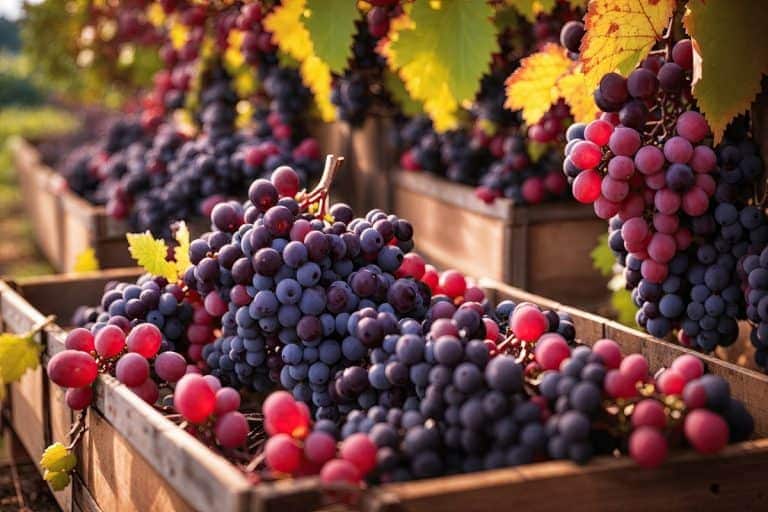
 The oil always moves north, reaching England. How the map of olive trees is changing due to climate change
The oil always moves north, reaching England. How the map of olive trees is changing due to climate change The Nobel Sandwich we tried at CERN, just steps from antimatter
The Nobel Sandwich we tried at CERN, just steps from antimatter The two young talents from Gattinara revolutionising Italian cuisine
The two young talents from Gattinara revolutionising Italian cuisine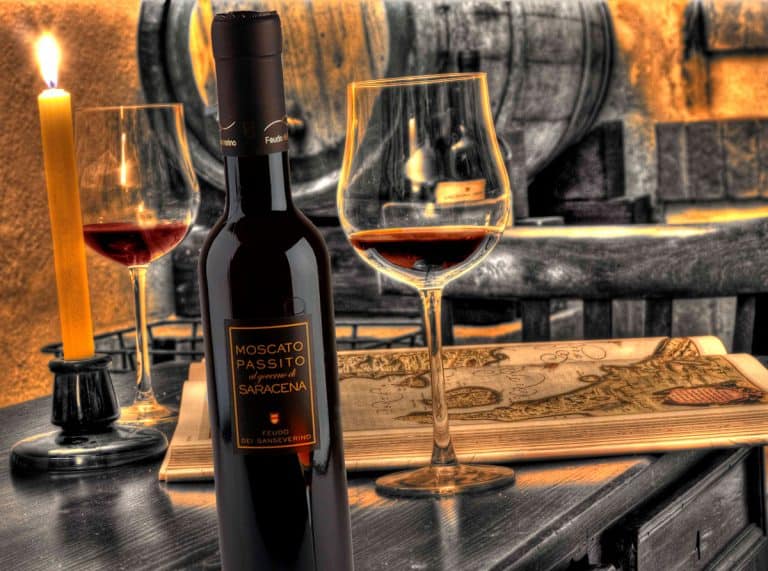 Here is the Meditation Wine of the Year according to Gambero Rosso
Here is the Meditation Wine of the Year according to Gambero Rosso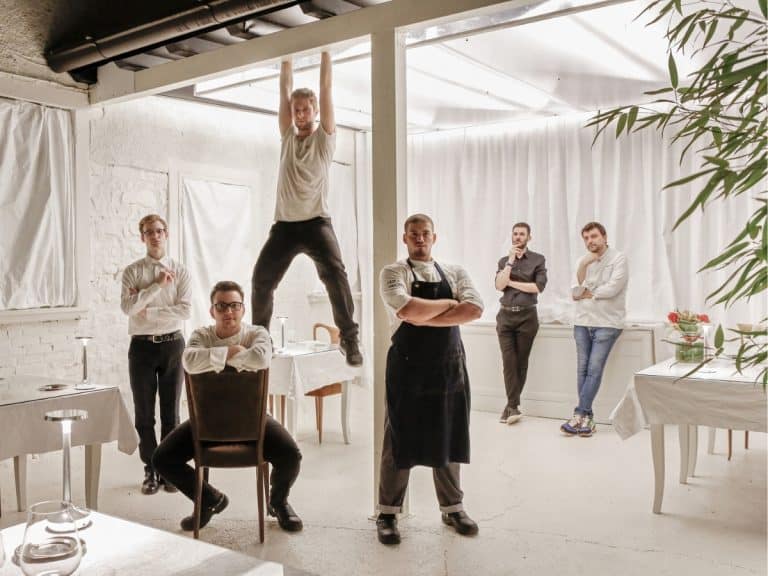 The 6 new 'Tre Forchette' restaurants of Gambero Rosso: here they are
The 6 new 'Tre Forchette' restaurants of Gambero Rosso: here they are



